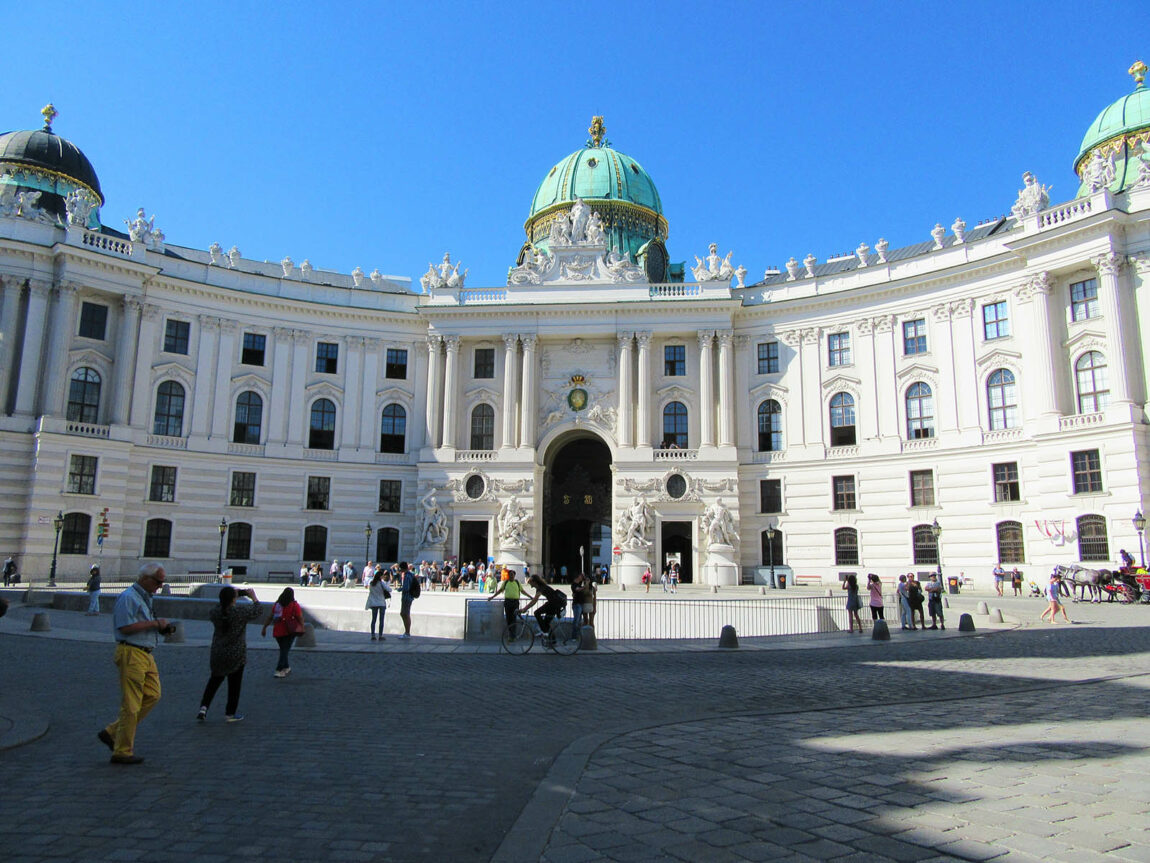
See which are the best Austria’s attractions and use our itinerary to spend a great time in this amazing country.
Austria is a beautiful country worth visiting, even if only for a few days. We spent 3 days in Vienna (and traveled to Bratislava for a day trip), 1 in Hallstatt and 2 in Salzburg. Overall, we had an awesome time in the country and we highly recommend that you include it as one of your travel destinations.
While I fell in love with the charming town of Hallstatt and the magnificence of Salzburg, Vienna’s elegance and musical charms conquered my husband’s heart.
We are sharing the itinerary we followed which worked well for us, especially as we took some side trips to other nearby countries (more on those later). We travelled by train between cities but rented a car to drive from Salzburg to Hallstatt.
Day 1: Arrive in Vienna
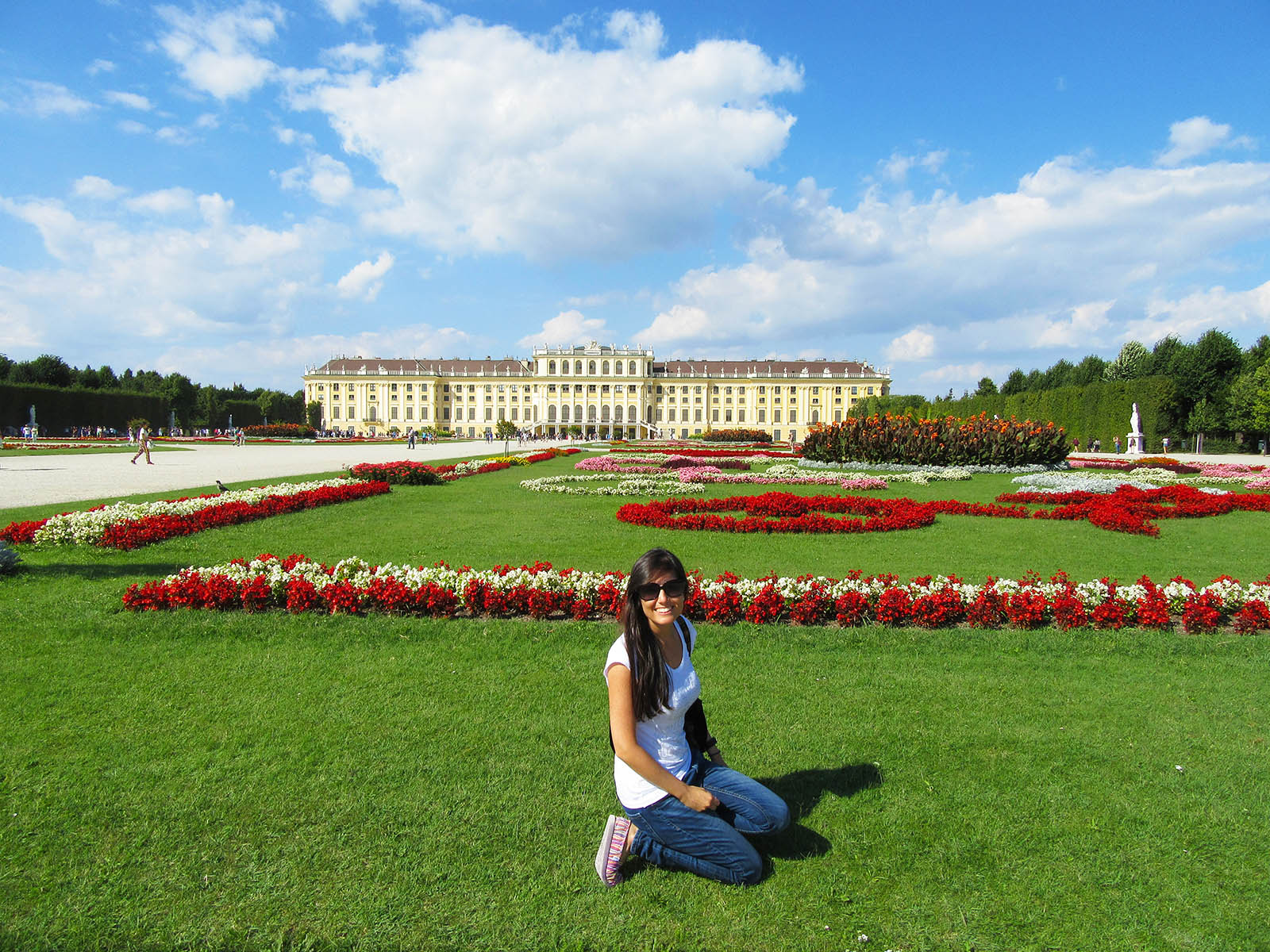
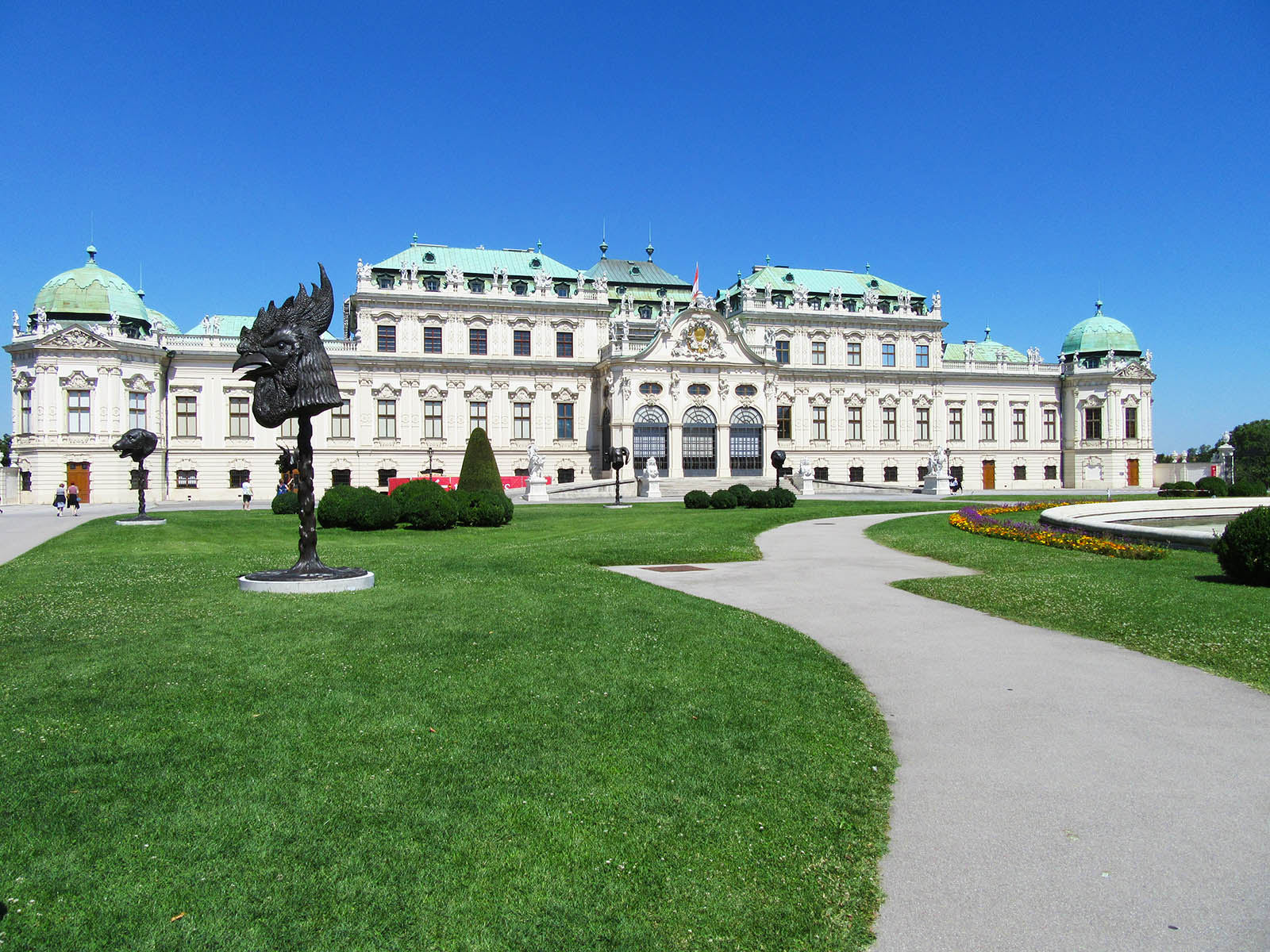
Once you arrive in Vienna, get ready because there are quite a few attractions and sights to visit.
Schönbrunn Palace: Schönbrunn Palace is among Europe’s most magnificent imperial estates and has been owned by the famous Habsburgs since 1569. Its most stunning feature can be found in the gardens. The Schönbrunn gardens are extremely well-preserved so it’s easy to enjoy its immaculate grounds. Head to the Gloriette to take a wonderful picture of the city. For opening times and to purchase tickets visit the official website.
The Belvedere: The Belvedere is famous for its vast art collection, which includes works spanning from the Middle Ages to today. The Belvedere consists of two palaces: Upper and Lower Belvedere. The Upper Belvedere was one of the first ever public museums and today is the most visited art museum in Austria – you can find artwork by Klimt, Schiele, Funke, Monet, and van Gogh. The Lower Belvedere served as the residential palace of Prince Eugene, who was a patron of the Baroque style; the Belvedere’s gardens are a highlight of the Baroque landscape architecture. Visit the official website for entrance fees.
City Hall: Head to City Hall to take a look at one of Vienna’s most beautiful buildings. There are guided tours available where you can visit the Council Chamber, the two Coat of Arms Halls, the Stone Halls, Festival Hall, Senate Chamber, Grand Staircases and the Arcade Courtyard. Visit this website for more information on guided tours.
Since this is the day of your arrival to Vienna, you might not have a full day to visit several attractions, so we only limited it to three.
Day 2: Vienna
Mozarthaus Vienna: Mozart lived in this apartment from 1784 to 1787 and it’s where he composed the world-famous opera “Le Nozze di Figaro” along with three of the six Haydn Quartets. The apartment is now a museum, which displays several pictures and key documents that allow visitors to follow the footsteps of Mozart’s life during his stay.
Opening hours: Tuesday to Sunday from 10 am to 6 pm / Last admission: 5.30 pm. Check this website for entrance fees.
St. Stephen’s Cathedral: If you want to experience Vienna from above, visit St. Stephen’s Cathedral, one of the city’s classic viewpoints. There are two different viewpoints: the north platform and the South tower. Get ready to climb 343 steps to reach the top of the South tower; every step is worth the view! There are also guided tours available of the cathedral and the tombs of bishops and Viennese royals. Visit the cathedral’s official website to check the entrance fees.
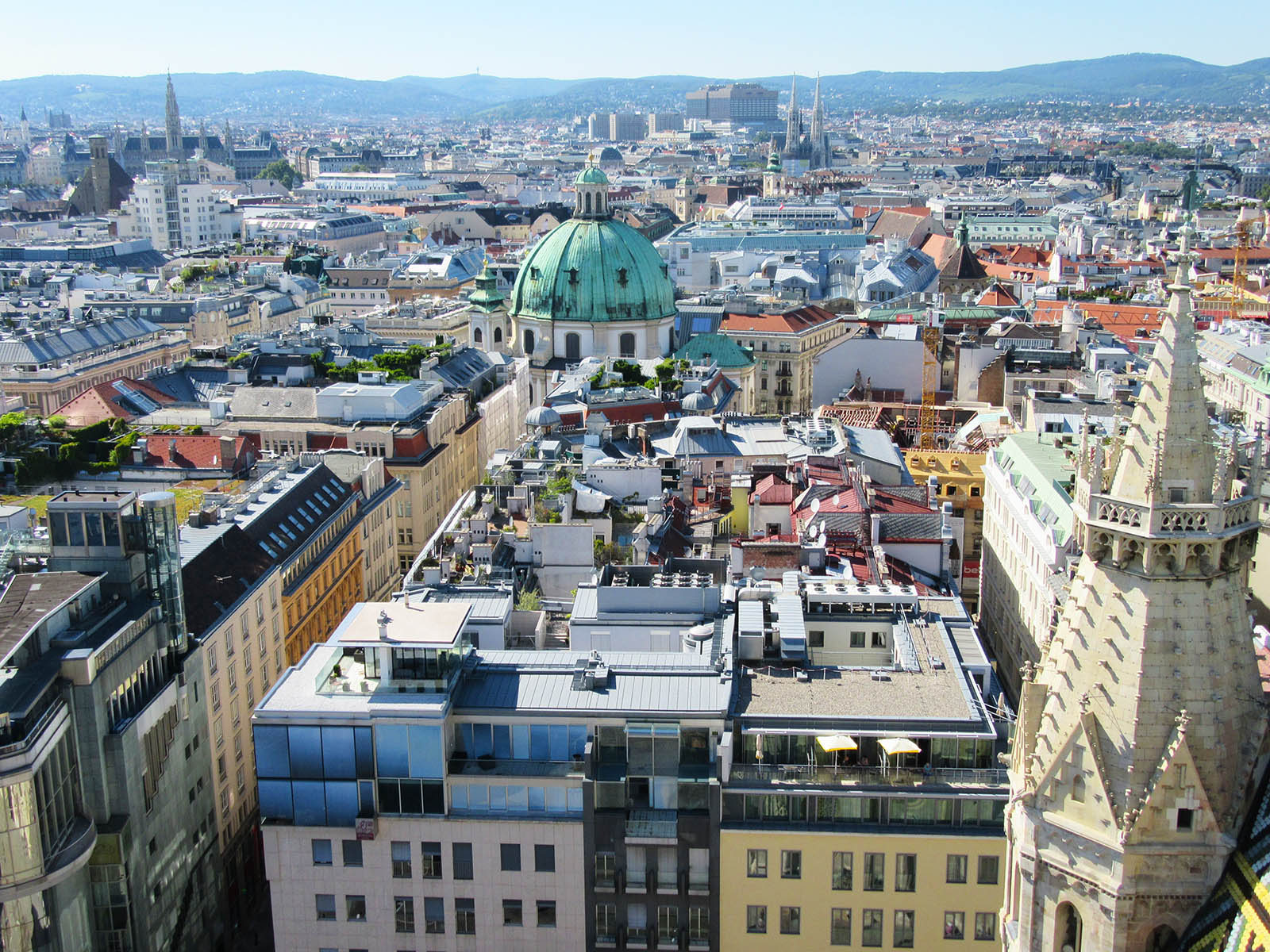
Vienna from above. Credit: Carolina Valenzuela
St Charles Church: Stop by the St Charles Church to view its impressive exterior featuring two giant imperial columns and a majestic dome. There is a panoramic elevator where you can view the frescoes more closely. Check out a concert, especially if it’s Vivaldi’s Four Seasons, for one of the best experiences of your trip.
Operating hours of the panoramic elevator: Monday-Saturday 9.00 am – 5.30 pm; Sunday 12.00 noon – 6.30 pm
Vienna State Opera: The Vienna State Opera offers first class productions and new programs every day. See if you can attend any of the offerings – they are well worth it.
Café Central: To get the whole Vienna experience, you have to visit one of the several coffee houses located throughout the city. We visited Café Landtmann and Café Central – and both offered delicious treats and coffee in a unique setting. Both café houses have served as inspiration for countless influential characters through history.
Day 3: Vienna
Hundertwasser House: Hundertwasser House is one of Vienna’s architectural highlights worth visiting. As you approach it, it will immediately catch your eyes with its colorful exterior and plants hanging from the balconies. Despite the fact you won’t be able to go in because it’s a private property, it’s still an iconic attraction in the city.
The Hofburg: Today, the Imperial Palace houses the office of the Federal President and one of the country’s best museums. Make sure to stop by the Silver Collection – a museum featuring the entire collection of imperial silver tableware once used by generations of Habsburgs royals. There are nearly 300 pieces on display in the Sisi museum which belonged to the Empress Elizabeth. Visitors to the Imperial Apartments will have access to the 24 rooms in the apartments occupied by Emperor Franz Joseph and his wife Elizabeth. Each room is fully furnished and decorated to reflect the historical period of the last Imperial Family.
Visit the official website for the latest entrance fees.
Day 4: Bratislava
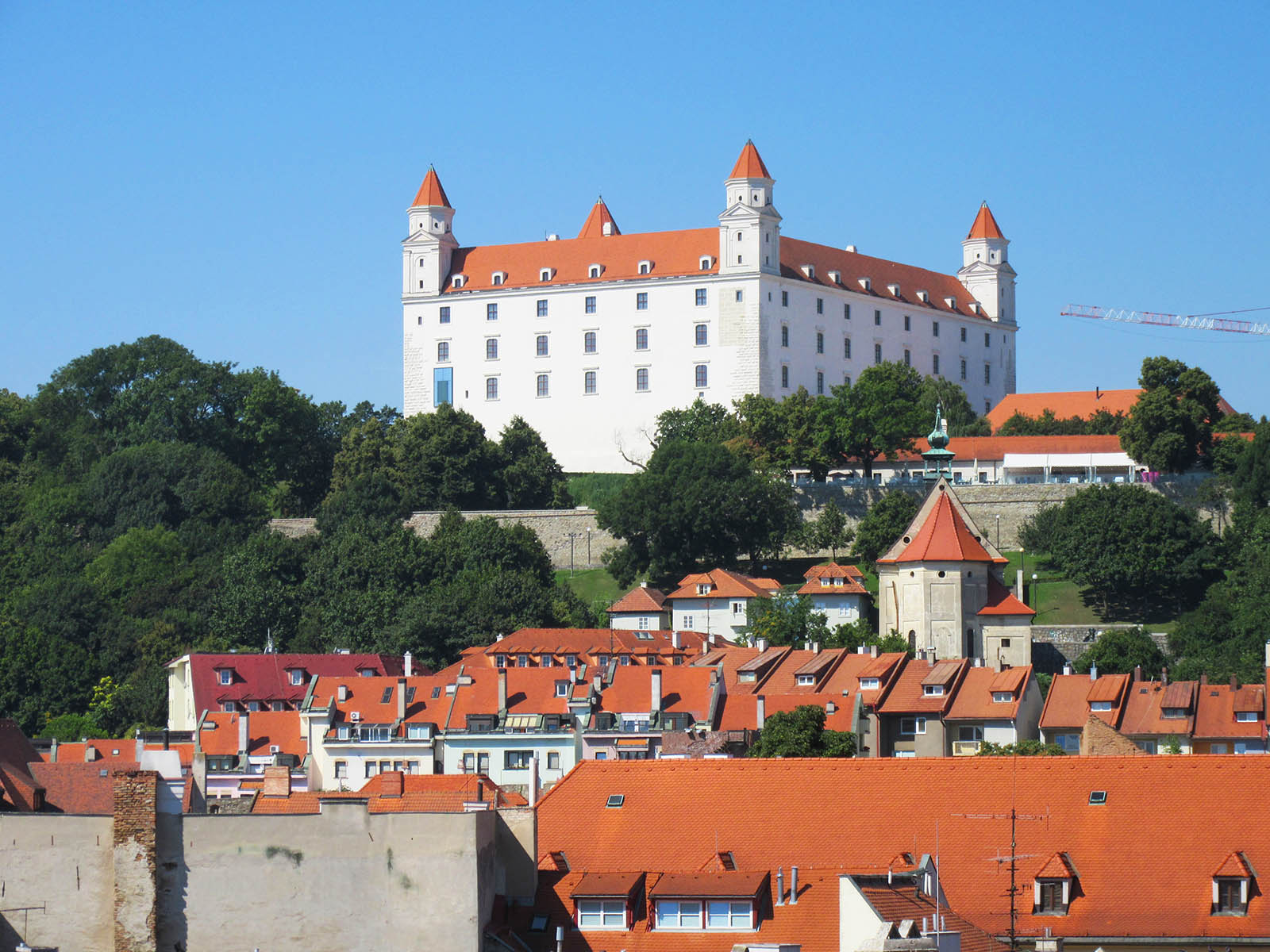
Bratislava castle. Bratislava, Slovakia. Credit: Carolina Valenzuela
When in Vienna, take advantage of its close proximity (a bit over an hour by train) and visit Bratislava. Bratislava is an enchanting city where a day trip would allow you to visit its main sights.
Read blog: Bratislava, Slovakia attraction: What you need to visit
Day 5: Salzburg
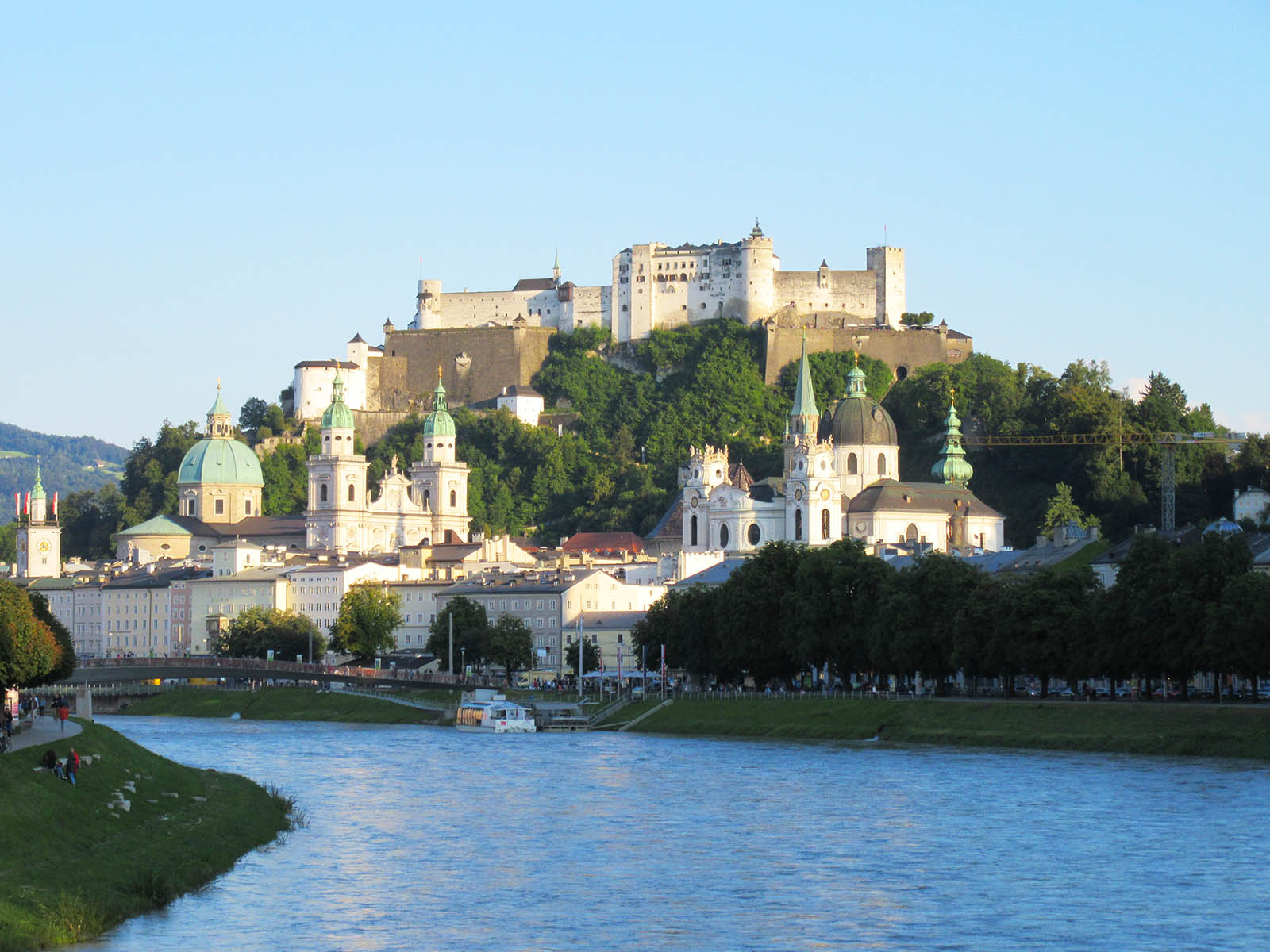
The amazing Hohensalzburg Fortress. Credit: Carolina Valenzuela
Wake up early in the morning and take the train to Salzburg. Once you arrive, head to your hotel to leave your suitcases, put on comfortable sneakers and head out to explore the city. Since you will lose most of the morning traveling, you will only have time to explore the city in the afternoon. Top sights include:
Hohensalzburg Fortress: Offering a 360-degree view of the city of Salzburg, Hohensalzburg Fortress is the biggest and best-preserved castle in Central Europe. You can visit the fortress year-round. There are two ways to get to the fortress: on foot or by taking the funicular, located in the Festungsgasse. For prices and opening hours visit the official website.
Once you reach the fortress you will have an amazing view the city of Salzburg from above as well as a couple of museums to visit. These include the Fortress Museum which documents the history behind the building and shows exhibits on how the opulent prince archbishops lived; the Marionette Museum; and the Museum of the Rainer Regiment.
Mirabell Palace and Gardens: The Mirabell Palace was built in 1606 by prince-archbishop Wolf Dietrich for his beloved Salome. Today, Mirabell Palace is now home to municipal offices and the mayor of Salzburg. When you arrive, you may find the place very familiar – the Mirabell gardens was one of the shooting locations of the musical “The Sound of Music”; the gardens were redesigned in 1960 under archbishop Johann Ernst von Thun. There is no entrance fee.
Tip: The Mirabell gardens offers a great photo opportunity of the gardens with the backdrop of Hohensalzburg Fortress.
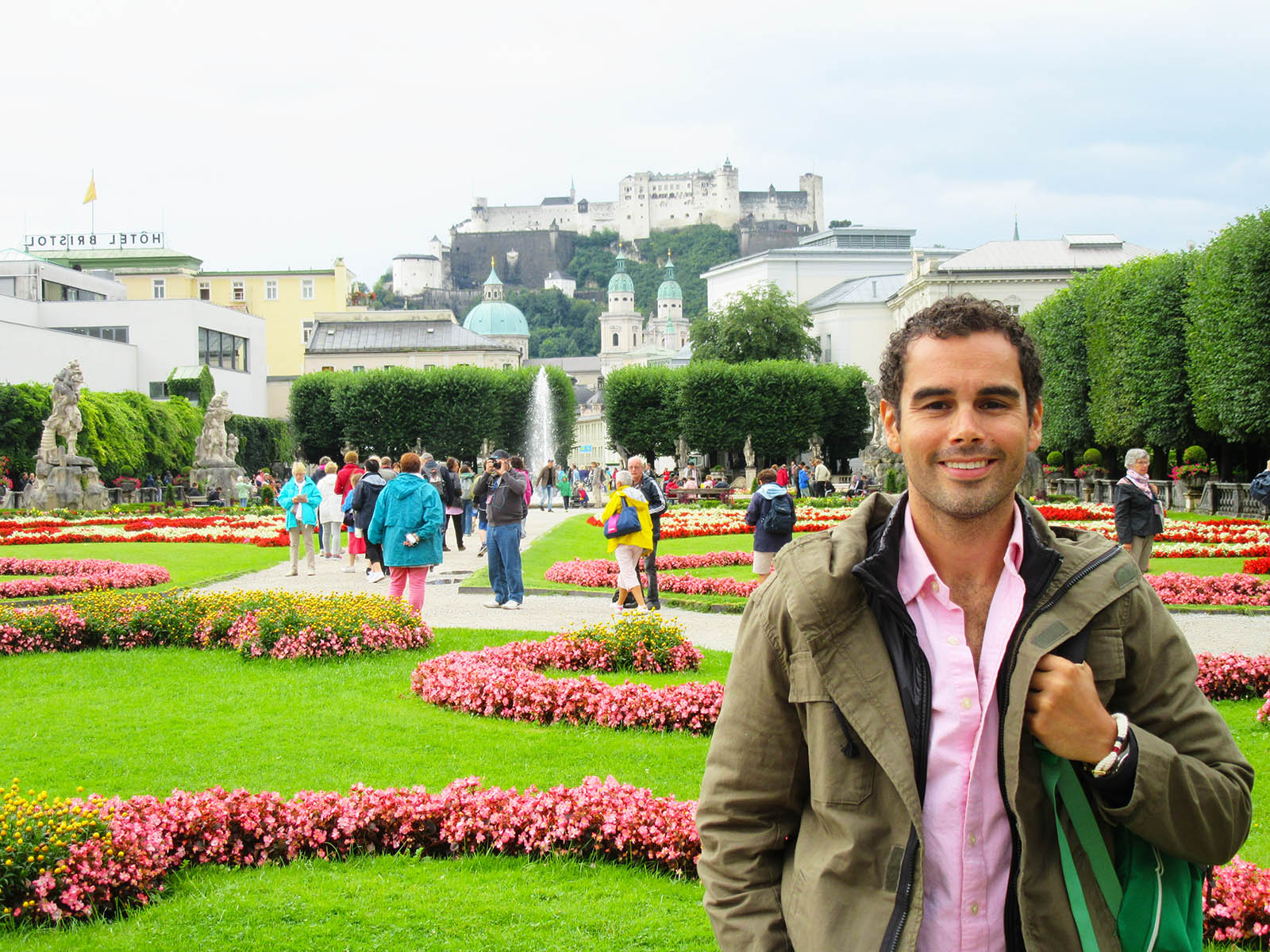
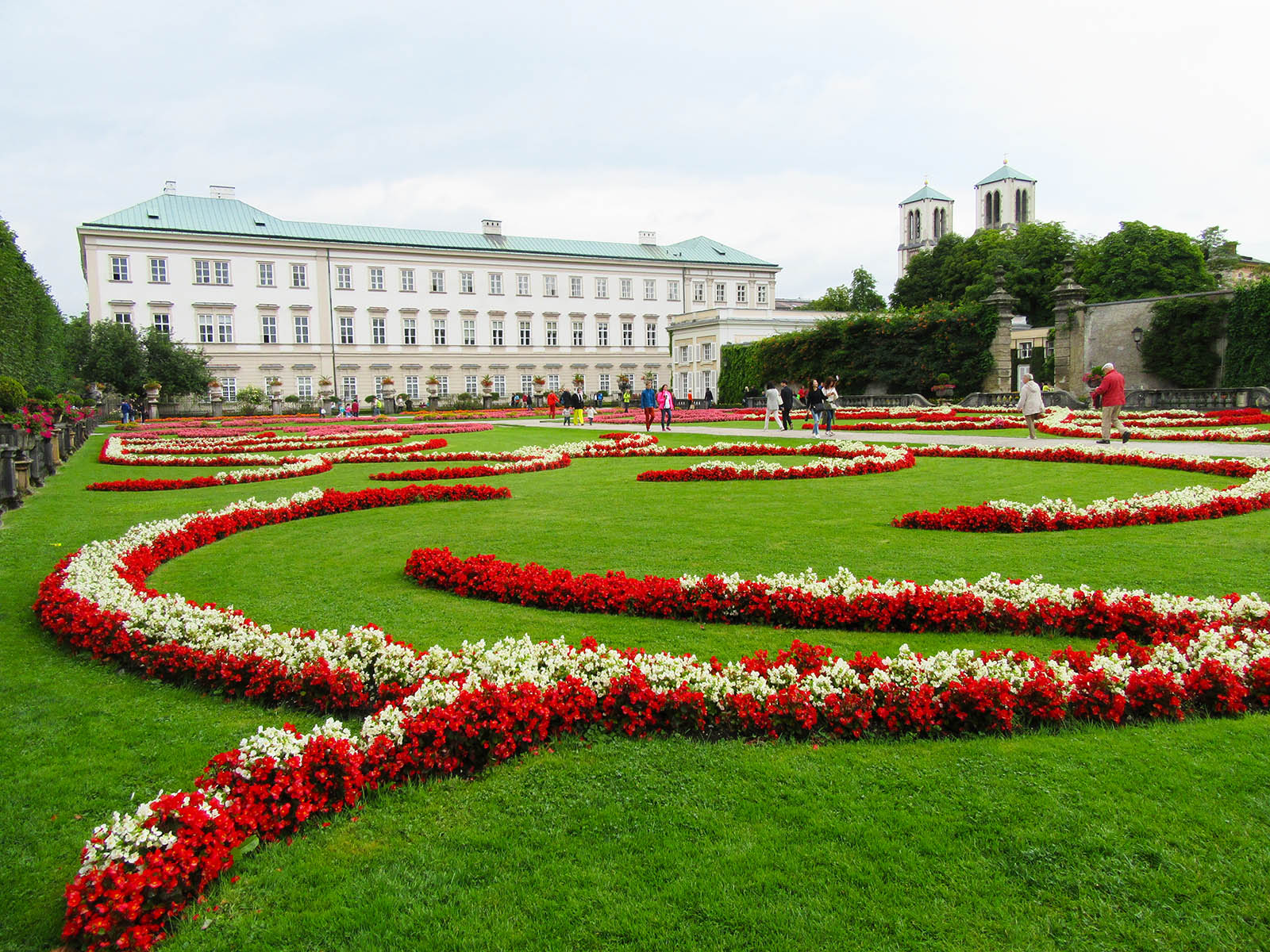
Getreidegasse: Go back in time as you visit Getreidegasse, located in the heart of the city’s old town. In addition to being the street where Mozart’s house is located, Getreidegasse is the perfect spot to visit traditional and modern shops while grabbing a bite to eat.
The houses in the Getreidegasse are extremely charming and have a curious feature – they all have imprinted dates upon their façade indicating important moments in their history. A particular highlight of this street are its ornamental and often quite elaborate guild signs from the buildings high above pedestrians’ heads. The houses in this street are characterized by featuring beautiful facades.
Walk around the old town: Do not miss the opportunity to walk around this charming city. Discover Salzburg’s hidden alleys and cobbled streets, its baroque cathedrals and charming little restaurants and coffee shops.
Day 6: Hallstatt
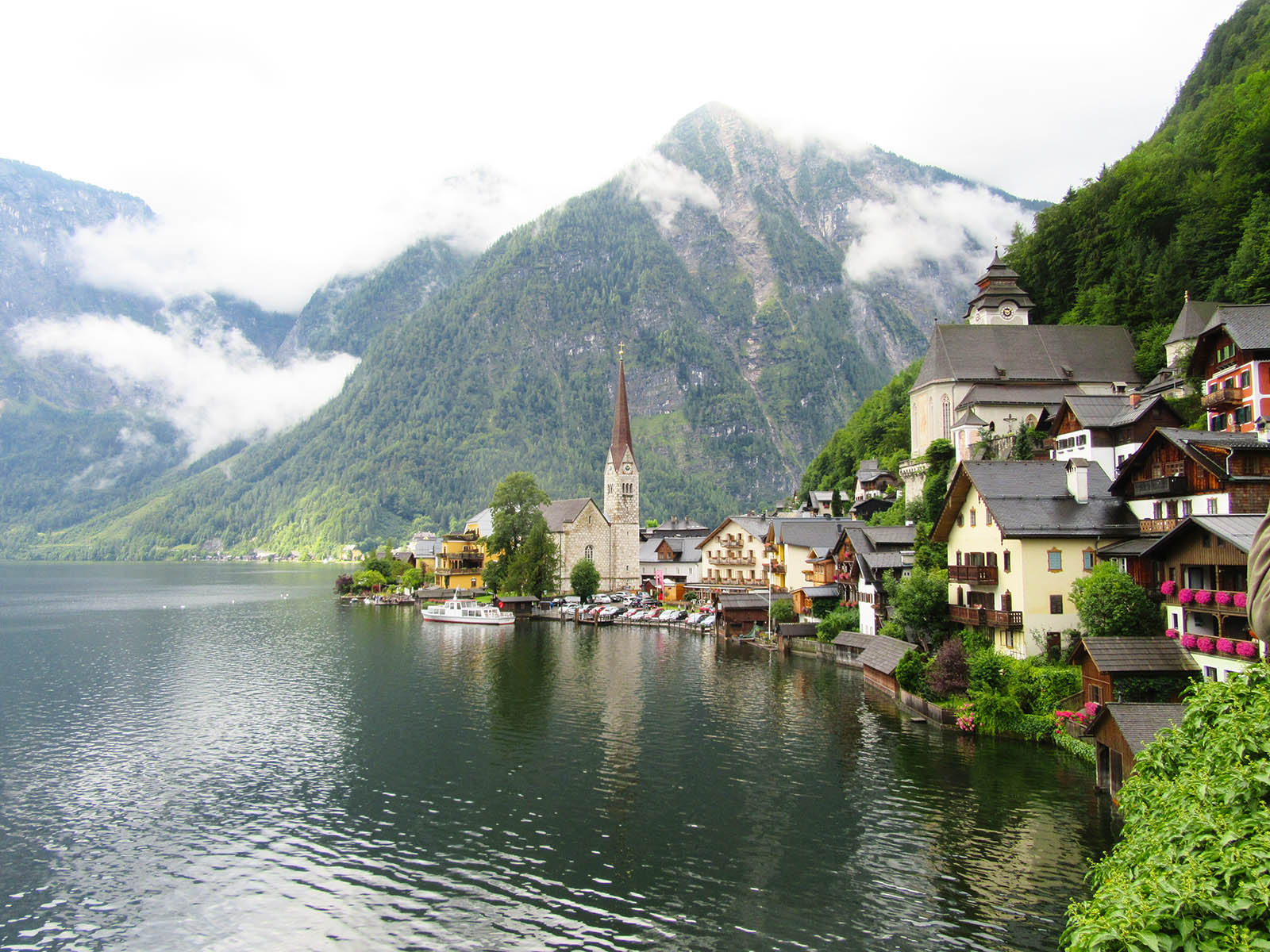
The iconic picture when visiting Hallstatt. Credit: Carolina Valenzuela
Wake up early, pick up your rental car, and drive to one of the most picturesque villages in Austria: Hallstatt. With breathtaking mountains views, a lake inhabited by swans and charming houses dotting the landscape, Hallstatt is simply picture-perfect. Here is a list of activities and sights that you can visit when in Hallstatt.
Take Hallstatt’s iconic picture: If you know of Hallstatt, chances are that you have seen the iconic photo of the village, the lake, and the mountains in the backdrop. Head to this viewpoint early in the morning so that there are not many tourists all wanting to take the same picture. The viewpoint is less than a 10-minute walk from the center of the city and you won’t have any trouble finding it since Hallstatt is really small.
Stop by the charnel house: With a collection of over 200 painted skulls, the “bone house” is another typical visit when in Hallstatt.
Exercise in the lake: Rent an electric boat to navigate Lake Hallstatt and get views from different angles. You can rent a boat for either 30 minutes or 1 hour. You can check the prices on this webpage.
See if you can spot the swans: Swans have lived in Hallstatt since the 1860s when Emperor Franz Josef and his wife Empress Sisi vacationed in this region; and since Sisi loved swans they were imported to populate the lake.
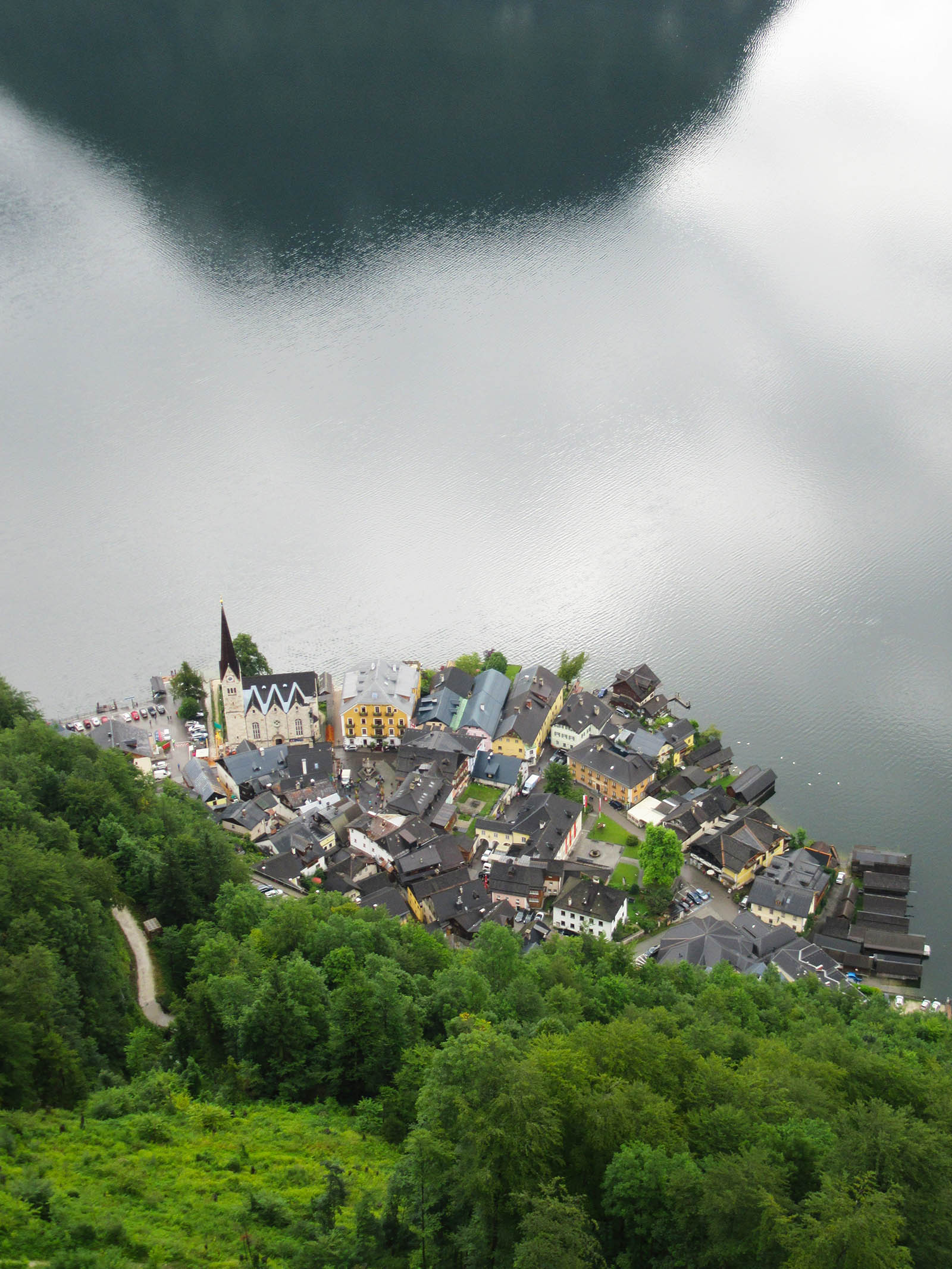
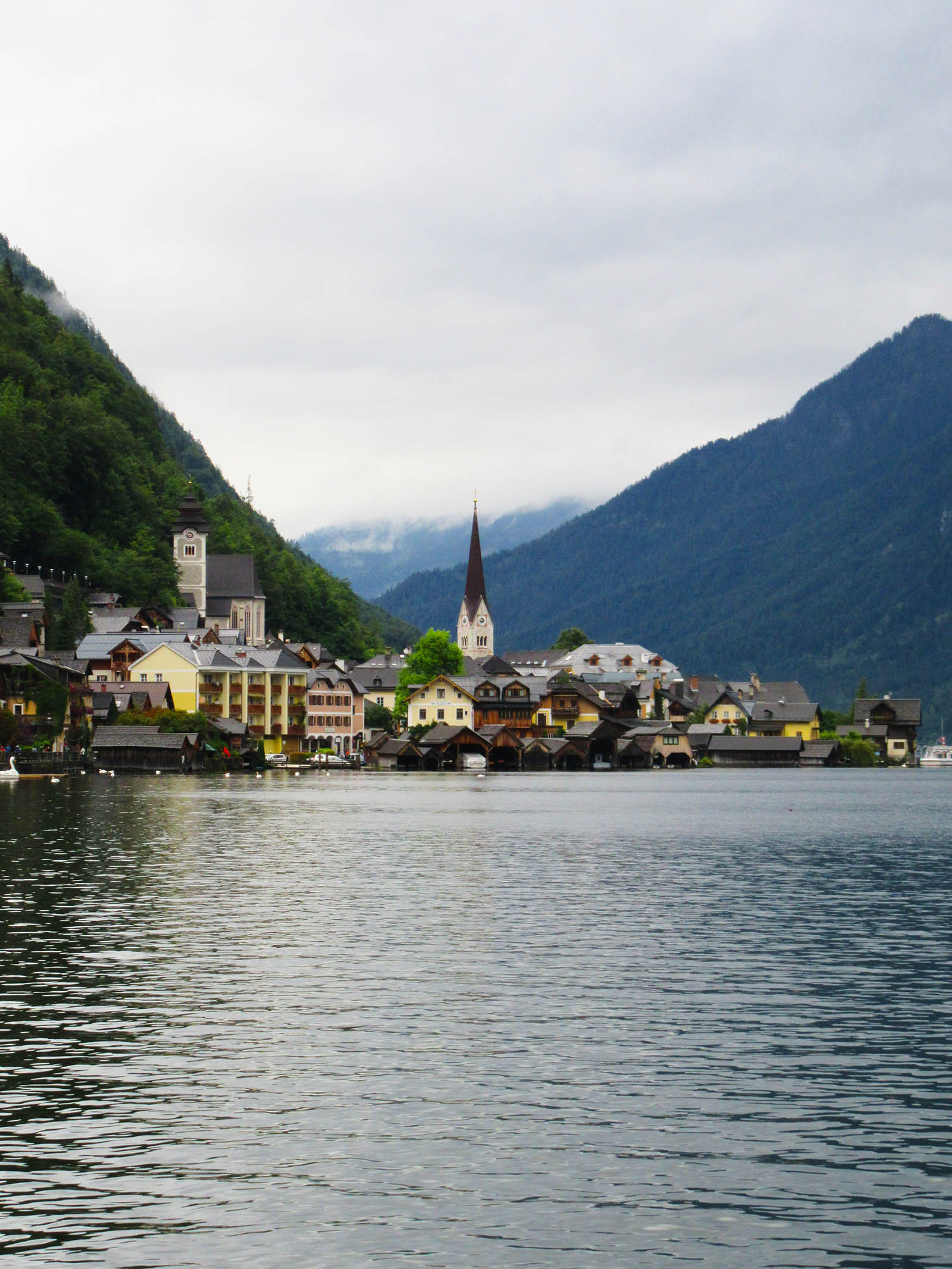
Visit the World Heritage Skywalk: For a panoramic view of the mountains, Lake Hallstatt and the town, head to the skywalk. You can take the funicular or walk up – we choose to ride the funicular which costs 20 euros (US$24) for adults and 10 euros (US$12) for children (5-15 years old). Check the official website for the latest prices and schedule. There is also a restaurant offering panoramic views and serving local delicacies.
Visit the salt mine: Head to the Hallstatt Salzwelten and get immersed in an unforgettable geological history journey if you are visiting Hallstatt from mid-April to the beginning of November.
Visit the market square: For another picture-perfect spot, head to the market square. There are several cute houses and balconies with colorful flowers. Get a coffee to go and sit in one of the square benches while you see life go by in this cute town.
After you enjoy this beautiful and charming town, drive back to Salzburg, and stay the night there.
Day 7: Hohenwerfen Fortress and Salzburg
Grab your car or book a tour to get to Hohenwerfen Fortress – an approximately 37 min drive via A10. This 900-year-old fortress is located in the Salzach valley and dominates the city of Werfen. During this visit, visitors dive deep into the turbulent history of Hohenwerfen Fortress. There is also a birds of prey flight demonstration of the historic Provincial Falconry Center.
Opening hours:
April*: Tue – Sun, 9.30 a.m. – 4.00 p.m.
May – 11. July: daily, 9.00 a.m. – 5.00 p.m.
12 July – 13 August: daily, 9.00 a.m. – 6.00 p.m.
14 August – September: daily, 9.00 a.m. – 5.00 p.m.
October – 7 November*: Tue – Sun, 9.30 a.m. – 4.00 p.m.
*Closed Mondays (except holidays)
For prices please visit the official website.
Tip: Hohenwerfen Fortress can get packed so make sure you buy your tickets in advance.
Climb up the Kapuzinerberg: After you finish your visit to the Hohenwerfen Fortress, head back to Salzburg and put your sneakers to work by hiking to Franziskischlössl, a restaurant located at the top of the Kapuzinerberg which prepares a wide selection of Austrian dishes. If you haven’t had lunch yet, then this is a great spot to replenish some of the energy lost during the day. The climb up will give you a perfect shot of the Hohensalzburg Fortress.
Mozart’s birthplace: Stop by the “Hagenauer Haus” at No. 9 Getreidegasse to visit Mozart’s birthplace in 1756. Not surprisingly, this house is one of the most visited museums in Austria and a must visit for all Mozart fans. The museum features original rooms, along with authentic furniture and artifacts from the 18th century. There’s lots to discover as many of Mozart’s original certificates, letters, and other crucial memorabilia documenting his life in Salzburg are on display. Mozart’s own violin and clavichord can also be viewed in this museum. The fees are as follows:
- Adults € 12.00 I US$14.5
- Children (6-14 years) € 3.50 I US$4.2
- Youth (15-18 years) € 4.00 I US$4.8
However, for updated prices please visit the official website.
Mozartplatz: Located in the heart of the old town, Mozartplatz’s main attraction is the statue of Mozart, designed by Ludwig Schwanthaler, and found in the middle of the square. This is a great place to catch your breath, it is a bustling plaza with classical music humming along to the pulsating activities. Do not forget to look for the No. 8 house – where Constanze Mozart-Nissen, Mozart’s wife, once lived.
Residenzplatz: Considered the most beautiful square in Salzburg, Residenzplatz serves as the main venue for sporting events, live concerts, and an unforgettable New Year’s Eve party. Residenzplatz was among the filming locations of the “The Sound of Music” featuring an impressive baroque fountain, the most beautiful one in the city. When you visit, you’ll be in a crossroads of history – an ancient Roman forum stood in this plaza since the city’s founding.
After having an awesome time in Salzburg, take the train back to Vienna to spend the night.
Day 8: Fly home
Catch your flight home.
We are part of several affiliate programs including Amazon and Viator which means that we will earn a small commission at no extra cost to you if you make a purchase through the links included in this post.

Ana
Great post! It makes me want to visit Austria.
Caro
AnaYou should, Ana! Austria is indeed a beautiful country.